The day is rapidly approaching where Apple will just disallow 32-bit apps from running on iOS, maybe as soon as iOS 11. AppleInsider shows you how to identify which apps installed on your iPhone are 32-bit — and points out some problems that Apple needs to rectify before that day comes.
Apple has included a new Settings pane in iOS 10.3 to easily check for installed 32-bit apps, and to see if there are updates available.
To check, open Settings. Tap on General. Tap on About, and select Applications. This brings up a list of the installed apps that are 32-bit.
In our device, we've got four apps — two games and two educational titles — that are 32-bit with no updates. In our spot-checks, educational and entertainment titles are the heaviest-hit by the shift, as they have historically been.
Not the first time
It is unfortunate that some apps will be left behind in the shift, but every computer user has dealt with a change from on-high affecting software libraries before. The earliest releases of OS X included a Classic OS9 environment that wasn't perfect — which was killed seven years later in 2007 with the release of 10.5.
Be wary of older apps that haven't been updated in a while.
To facilitate the shift to Intel processors, Rosetta was included with 10.4.4 in 2006, and killed when 10.7 shipped five years later in 2011. These are just recent examples for Apple — Windows users have the same pain, just sometimes with less advanced notice.
This has all happened to us before — it happened with the 68K to PowerPC shift, with every big OS migration, and with the shift from PowerPC to Intel. As with any architecture shift, some users get left behind.
None of this is a surprise
Apple is responsible for the safety and speed of iOS and the iPhone. It has told developers for three years, since a note in December 2014, that updates to software needed to include 64-bit support. Apple is clearly not responsible for ensuring that all iOS software works forever, on every combination of iOS and hardware.
Apple has been enforcing the requirements since June 2015. When iOS 9 rolled out, it warned that 32-bit apps could cause slowdowns, with iOS 10.3 now more forceful and straight-out says that 32-bit app support would be discontinued in a future iOS revision — which is probably iOS 11.
If you have an app that won't make it past the end of the 32-bit compatibility era, blame the developer — there's been ample warning. If the app is mission-critical, then don't upgrade your hardware's OS revision, and don't plan on moving the app to new hardware.
Apple can still make this less painful, if it chooses
What Apple will not do, is retain 32-bit compatibility forever. Older 32-bit software has been on life support since the A7 processor in the iPhone 5S in 2013.
However, there are a few things it can, and should, do to ease the transition.
At this time, there does not appear to be a way to check apps in iTunes to see if they are 32- or 64-bit — but that would be helpful. So, for now, the only way to know for sure is to check on your iOS 10.3 device.
The identification tool now in Settings in iOS 10.3 is a good start. However, Apple needs to be more forthcoming about this in the App Store, as well as giving users a clear identification of which apps are 32-bit in iTunes before the support is fully dropped.
For now, before you install new-to-you, be wary of older apps that haven't been updated in a while. This extends even to apps from larger vendors, like "Civilization Revolution 2" in our screen captures.
 Mike Wuerthele
Mike Wuerthele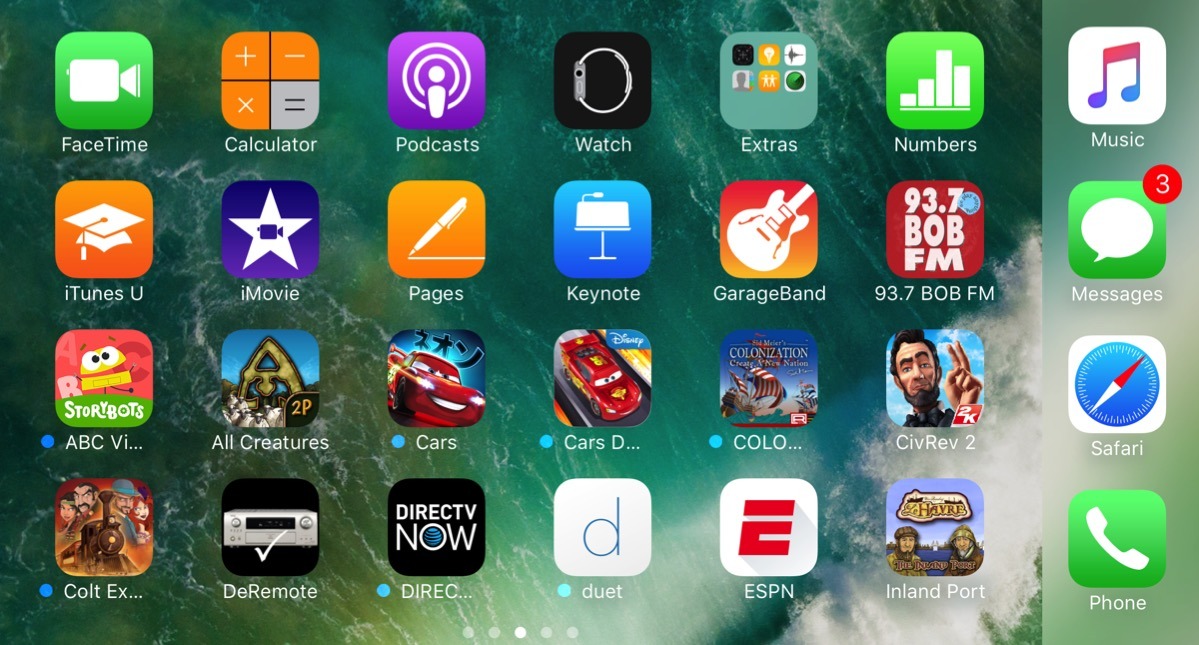
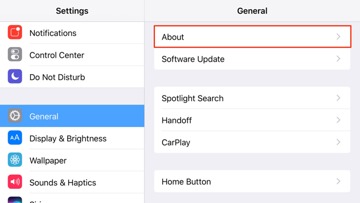
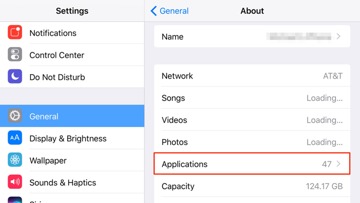
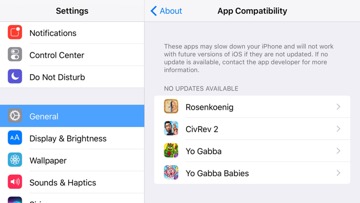
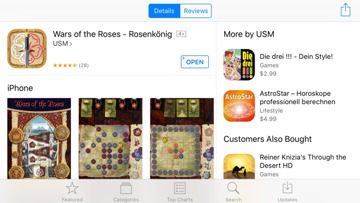
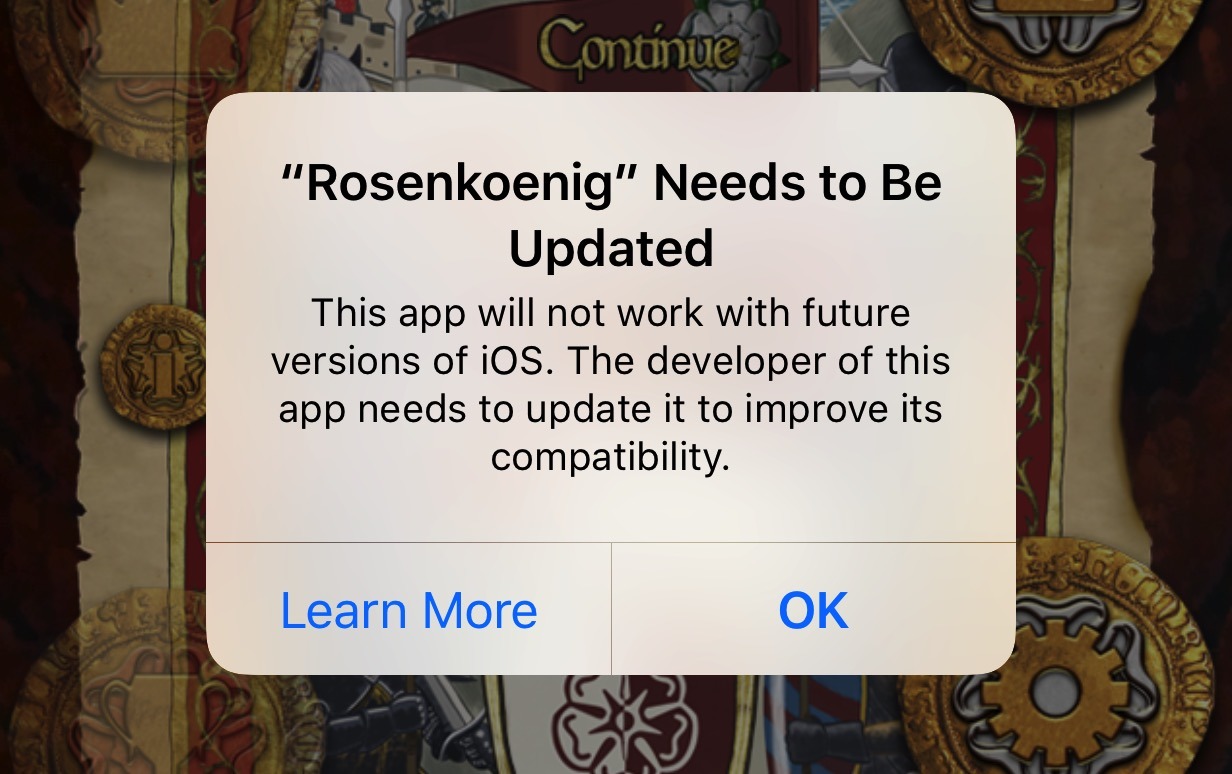
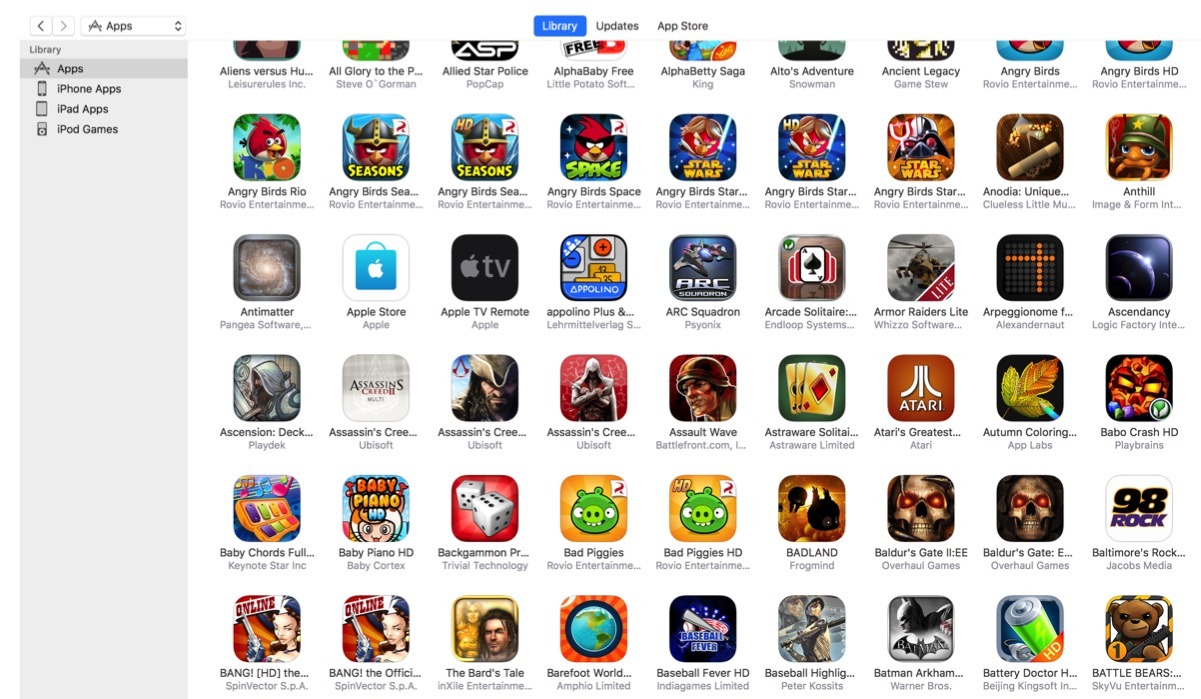




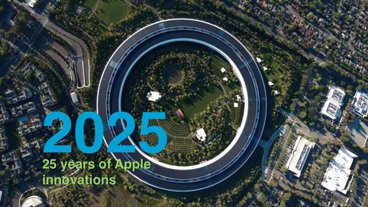
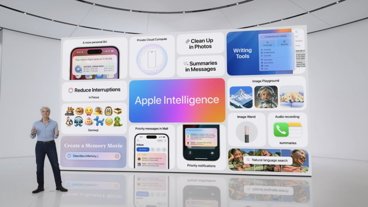
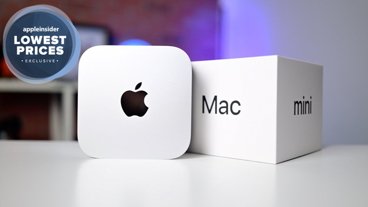
-m.jpg)





 Malcolm Owen
Malcolm Owen

 Christine McKee
Christine McKee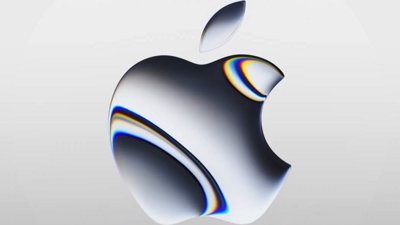

 Andrew O'Hara
Andrew O'Hara
 William Gallagher
William Gallagher

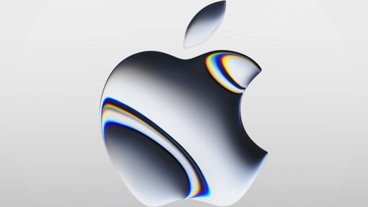







33 Comments
This is horrible news as the app I use every day and is the main stain database for me is bento. File maker and it's life years ago by releasing a file maker version which is a significant cost upgrade and not useful to me
Tapping Applications does nothing for me. Am I missing something? Or are all 263 of my apps 64-bit?
Seriously, Tommikele? Get a grip.
"This is horrible news, as the app I use every day and the mainstay database for me is Bento. FileMaker ended its life years ago by releasing a FileMaker version that's a significant cost upgrade and isn't useful to me."
Happy?
I have a total of 689 apps on my iPad Pro 12.9". 234 are listed as not going to work with future upgrades to iOS.
some of those apps, I've been told by the developers, will be upgraded in time for iOS 11. What percentage of the total will make it? I don't know, but some have obviously been abandoned by the developers, as they haven't received updates for some while, some for years.
it will be sad for some to go away, because I like, and use them. But for whatever reason, the developers have walked away. Perhaps no one is downloading them any more.
i know some people are ticked off at this, but if the developers don't care about the users, then I can't blame Apple.